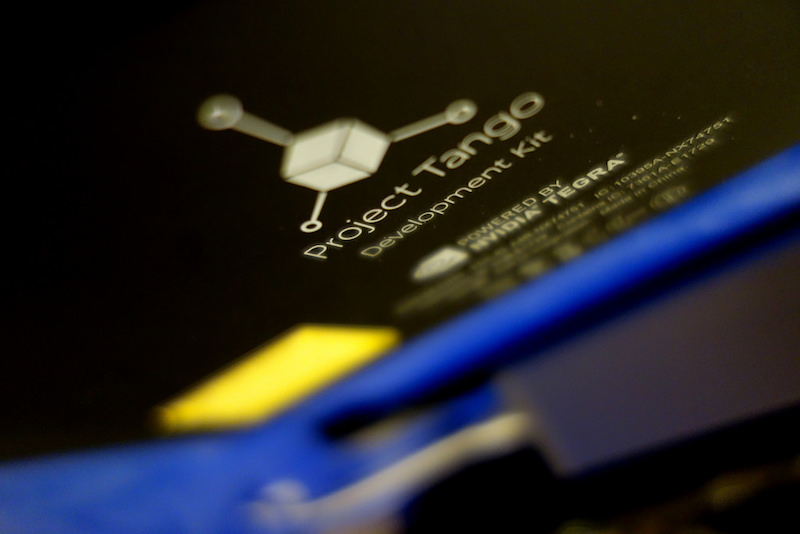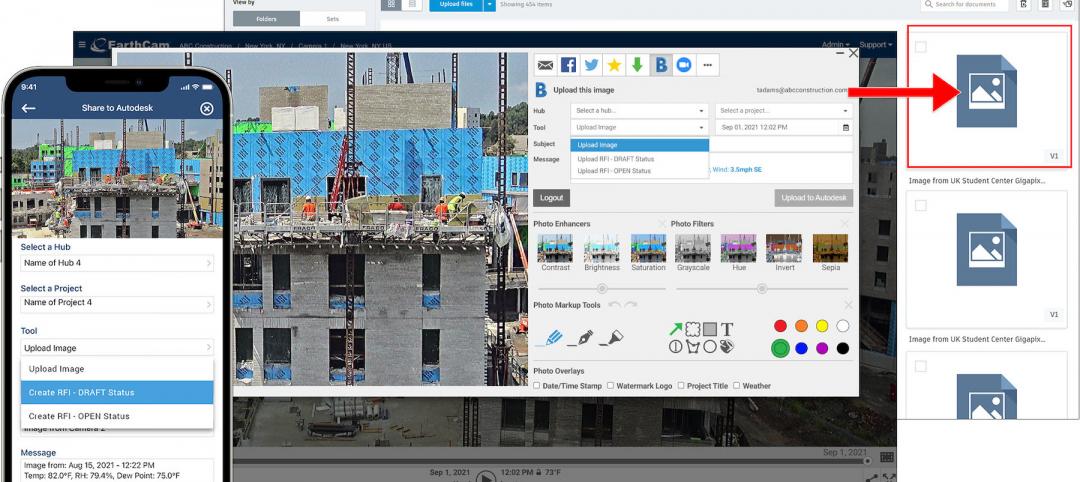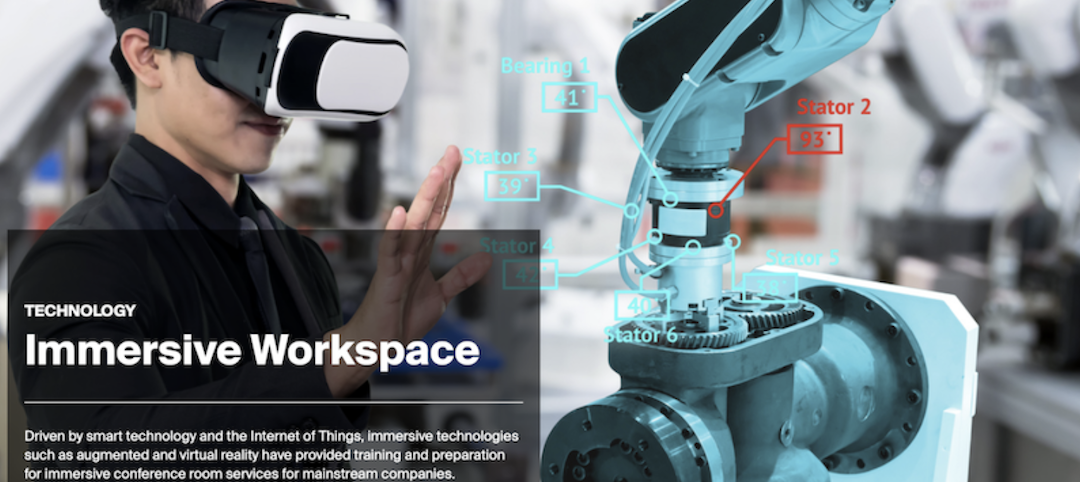Project Tango may sound like an underground dance movement in South America that’s packed to the gills with Latin flair while emanating the sounds of Carnivàle, but as fun as that sounds, it’s not what this Project Tango is about at all.
This Project Tango is more technological in nature. It is a platform that uses computer vision to give devices the ability to understand their position relative to the world around them. The platform looks to do this by combining three core technologies: motion tracking, area learning, and depth perception.
The motion tracking is implemented using visual-inertial odometry to estimate where a device is relative to where it started. Visual-inertial odometry uses inertial motion sensors that can track a device’s rotation and acceleration so that the device can estimate its orientation and movement within a 3D space with greater accuracy, even when used indoors.
The second core technology is area learning. The technology used in Project Tango has the ability to take note of key visual features of a physical space so that it can recognize them again at a later time.
The third and final core technology used in Project Tango deals with depth perception. Project Tango devices use a depth sensor that projects infrared light to estimate depth based on how the light is shaped by objects in the environment. This technology makes 3D room-scanning applications possible, but it also allows you to interact with the physical environment by using virtual objects.
You might be asking yourself, but what does all of this have to do with the AEC market? That’s a good question, and while currently the uses are somewhat limited, the potential is tantalizing.
Sure, this technology might seem to be more readily useful for creating video games and other sources of entertainment of that nature, but who would have thought something like virtual reality would have become such a useful tool for architects and designers?
For example, looking at an image of something and trying to determine how large it will actually appear in a given space can be very difficult. Something like a refrigerator or a stove might fit in theory, but can dominate a space when it is actually moved in. Some retailers, such as Lowe’s, are offering the ability to virtually place an exact 3D replica of a refrigerator or stove in the space the actual physical appliance would occupy. You can then walk around and look at it from various views to make sure everything is to your liking. In the future, it may also be possible to open and close the doors and all of the drawers to make sure the needed clearance is there.
Similarly, Tango devices can be used to place markers on various services in a given area. Combined with the future possibility of tagging information to these markers, such as specific information about the floors, cabinets, or paint colors used on a project, an augmented reality is created where clients can walk through a given space and see all of the information they might be curious about on their screens.
There is also an app titled Project Tango Constructor that allows for real-time 3D mapping and modeling of a given area. All it requires is to open the app, hold the device, and begin walking around the space that is to be mapped. The app provides first person, third person, and top down views of the area.
This can be taken a step further and can actually be integrated with the Unity game engine, again, in real-time, and can provide the geometry of a given space. The technology can sense things like corners and changes in elevation from doing nothing more than simply walking around and pointing the device.
This technology is still in the very early stages of its life, and it needs to evolve further before the true extent of its usefulness in the AEC market can be determined, but from what has been shown off so far, it doesn’t take an imagination like that of Willy Wonka to think of all the ways this could be used to improve both the speed and precision at which things are done.
You can watch the entire Vision Summit 2016 Project Tango presentation here.
Related Stories
Architects | Dec 20, 2021
Digital nomads are influencing design
As our spaces continue to adapt to our future needs, we’ll likely see more collaborative, communal zones where people can relax, shop, and work.
AEC Tech | Dec 16, 2021
Autodesk to Acquire Cloud Based Estimating Company ProEst
Autodesk, Inc. is acquiring ProEst, a cloud-based estimating solution that enables construction teams to create estimates, perform digital takeoffs, generate detailed reports and proposals and manage bid-day processes. Autodesk plans to integrate ProEst with Autodesk Construction Cloud, a comprehensive construction management platform connecting teams, data and workflows across the entire building lifecycle.
Urban Planning | Dec 15, 2021
EV is the bridge to transit’s AV revolution—and now is the time to start building it
Thinking holistically about a technology-enabled customer experience will make transit a mode of choice for more people.
Designers / Specifiers / Landscape Architects | Nov 16, 2021
‘Desire paths’ and college campus design
If a campus is not as efficient as it could be, end users will use their feet to let designers know about it.
AEC Tech | Oct 25, 2021
Token Future: Will NFTs revolutionize the design industry?
How could non-fungible tokens (NFTs) change the way we value design? Woods Bagot architect Jet Geaghan weighs risk vs. reward in six compelling outcomes.
Sponsored | BD+C University Course | Oct 15, 2021
7 game-changing trends in structural engineering
Here are seven key areas where innovation in structural engineering is driving evolution.
AEC Tech Innovation | Oct 7, 2021
How tech informs design: A conversation with Mancini's Christian Giordano
Mancini's growth strategy includes developing tech tools that help clients appreciate its work.
AEC Tech | Oct 5, 2021
EarthCam Builds On its Connectivity with Autodesk Construction Cloud
Premiering new visual verification features for Autodesk Build and BIM 360
AEC Tech | Sep 21, 2021
A new webtool follows ConTech from incubation to application and beyond
MIT and JLL have created Tech Tracker to help real estate professionals see what’s hot now and what might be.
Architects | Aug 5, 2021
Lord Aeck Sargent's post-Katerra future, with LAS President Joe Greco
After three years under the ownership of Katerra, which closed its North American operations last May, the architecture firm Lord Aeck Sargent is re-establishing itself as an independent company, with an eye toward strengthening its eight practices and regional presence in the U.S.

















